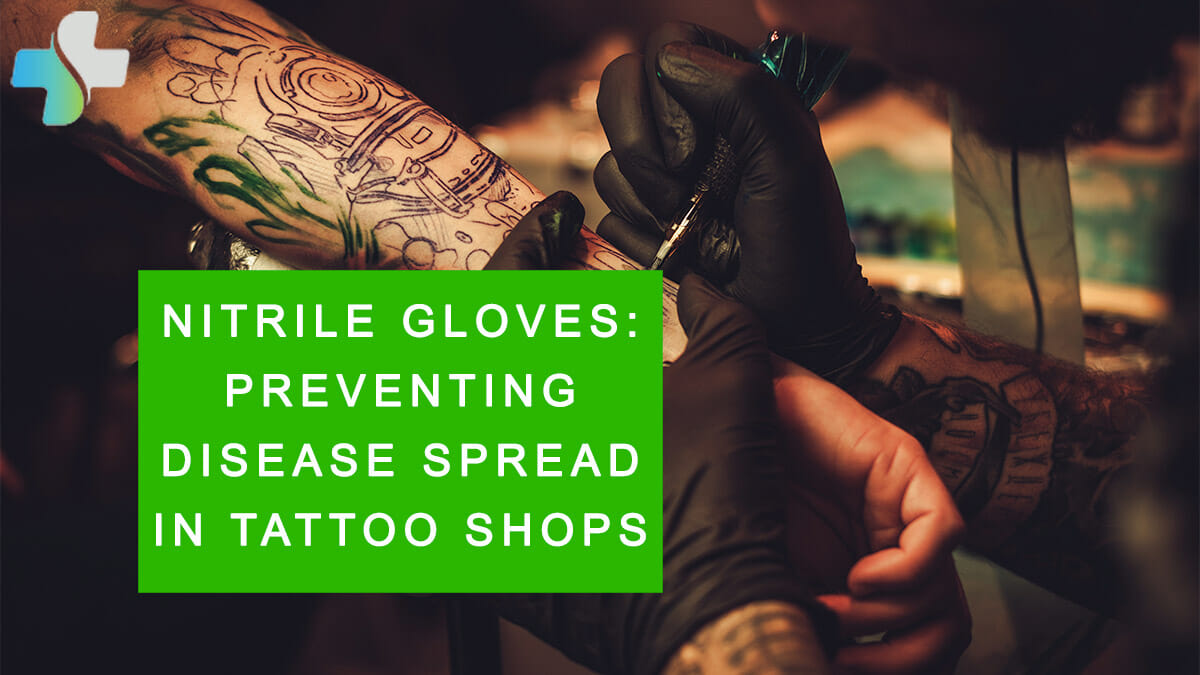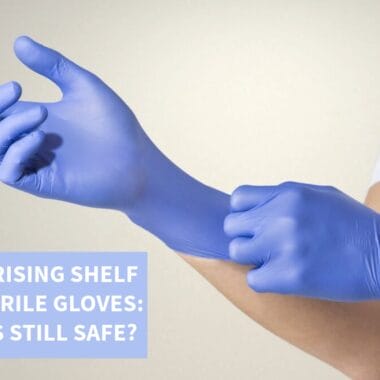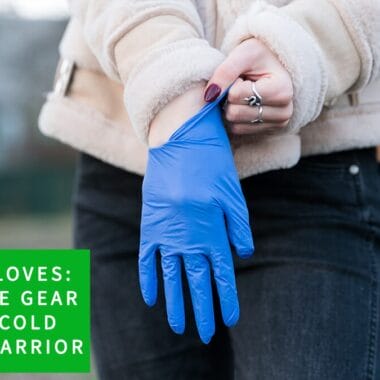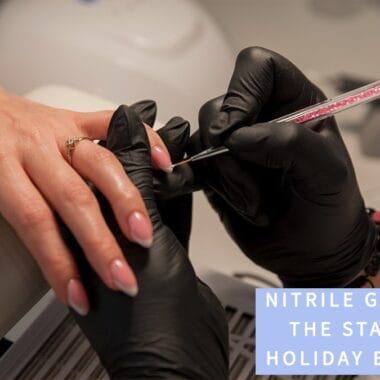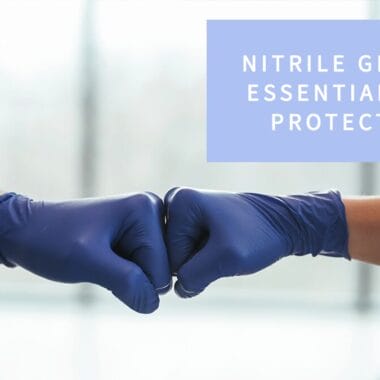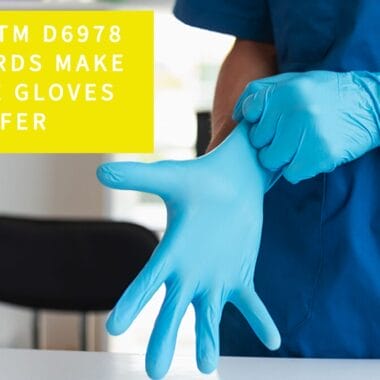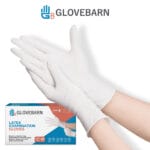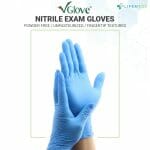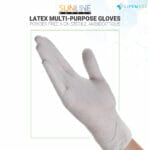In the tattoo industry, maintaining strict hygiene standards is paramount for the client and artist. One key component of these standards is using personal protective equipment (PPE) for tattoo artists. Nitrile gloves, in particular, are reliable for ensuring both the client’s and the artist’s safety. As the potential for disease transmission in tattooing cannot be ignored, choosing protective gear becomes critical. Nitrile gloves are essential in preventing disease spread, emphasizing their properties and advantages in the context of tattoo practices.
The Importance of Hygiene in Tattooing
The importance of hygiene in tattooing cannot be overstated. Tattooing involves penetrating the skin’s outer layer, opening a direct pathway for bacteria and other pathogens to enter the body. Without strict hygiene practices, such as not wearing PPE gloves, there’s a heightened risk of infections, including severe conditions like hepatitis B, hepatitis C, and HIV. Moreover, unhygienic tattoo practices can lead to secondary infections characterized by redness, swelling, pus, and pain around the tattooed area. These infections not only jeopardize the client’s health but can also negatively impact the appearance and longevity of the tattoo.
Beyond these health implications, maintaining impeccable hygiene standards is crucial for the reputation of tattoo artists and studios. The tattoo industry significantly relies on word of mouth and client trust, meaning that one instance of carelessness can lead to a loss of clientele and potential legal repercussions. Prioritizing hygiene in tattooing with nitrile gloves ensures the safety of clients, guarantees the quality of the artwork, and upholds the integrity and reputation of the artist and establishment.
The Advantages of Nitrile Gloves for Tattoo Artists
Nitrile gloves offer a range of benefits and advantages for personal protective equipment (PPE) in the tattoo industry. Tattoo artists need gloves to withstand the intricate tasks and tools used for tattooing. Recent advancements in nitrile manufacturing have been made to reduce their environmental impact, making them a more eco-friendly option for disposable gloves in the tattoo industry. Nitrile gloves’ many benefits, including their durability and resistance to chemicals and punctures, make them the best gloves for tattoo artists and for preventing disease spread in the tattoo industry.
Barrier Protection: Shielding Hands from Contaminants
It isn’t uncommon for tattoo artists to have minor cuts or abrasions on their hands. Using nitrile gloves while tattooing ensures no direct contact between pathogens and the client’s open skin. The primary function of nitrile gloves is to serve as a barrier between the tattoo artist’s hands and the client’s skin, bodily fluids, and blood. Wearing PPE gloves while tattooing ensures that bacteria, viruses, or other pathogens on the skin or blood do not directly contact the artist’s hands and vice versa.
The Hypoallergenic Advantage: Minimizing Allergic Reactions
Latex gloves are standard disposable gloves used across industries; however, many people are allergic or sensitive to latex. Wearing latex gloves as a tattoo artist poses the potential risk of skin irritations or severe reactions for clients with latex allergies or sensitivities. Nitrile gloves are latex-free, making them a popular hypoallergenic glove choice for the tattoo industry. Before any session, the tattoo artist should inquire about potential allergies, even to nitrile. While nitrile gloves are generally safe and hypoallergenic, rare allergies can occur, making it crucial to have alternative gloves, such as vinyl.
Durability Matters: Nitrile’s Resistance to Punctures
Nitrile gloves are medical gloves known for their strength and resistance to punctures. In an environment where sharp needles are frequently used, the tattoo artist’s gloves mustn’t tear easily. Puncture-resistant tattoo gloves are essential for preventing rips, tears, and needle snags. Even with their strength, nitrile gloves allow for high sensitivity, which is crucial for tattoo artists to perform their work accurately.
Keeping Chemicals at Bay: Nitrile’s Resistance to Chemical Breakdown
Tattooing involves various chemicals, from inks to disinfectants to cleaning agents often used in tattoo parlors. Nitrile gloves are resistant to many chemicals, ensuring that the gloves won’t deteriorate during the tattooing process. Chemical-resistant gloves for tattooing are especially vital when artists are cleaning equipment or their workspaces.
Client Safety: Preventing Cross-Contamination Between Sessions
Nitrile gloves offer excellent protection against potential contaminants, including bloodborne pathogens, a primary concern in the tattoo industry. Disposable nitrile gloves help prevent cross-contamination between tattoo sessions. After each client, tattooists can dispose of the used gloves and wear a new pair for their next client. Frequent glove changes in the tattoo industry help minimize the risk of transferring pathogens from one client to another.
Ensuring a Sterile Environment: Comprehensive Hygiene Practices
Wearing nitrile gloves while tattooing helps to maintain a sterile environment. Along with other protective measures, wearing gloves ensures the workspace remains uncontaminated. Seeing a tattoo artist wearing gloves reassures clients that professionalism and hygiene are priorities. Maintaining a sterile environment makes them feel more comfortable and confident about getting tattoos.
Making Safety a Priority with Nitrile Gloves in the Tattoo Industry
Practicing safety precautions with nitrile gloves is crucial for preventing potential infections, diseases, and other risks in the tattoo industry. A tattoo parlor’s PPE glove inventory should always be stocked to ensure a sufficient supply. Safeguarding against disease spread in the tattoo industry is paramount, and nitrile gloves play a central role in this protective effort. Nitrile gloves, known for their durability and chemical resistance, provide a barrier between the tattoo artist’s hands and the client’s skin, reducing the risk of cross-contamination.
Storing gloves in cool, dry places away from UV light helps to maximize protection and safety, as UV degrades nitrile. The glove’s fit is equally necessary for safeguarding against disease spread in the tattoo industry. A tight-fitting glove can restrict movement and easily tear, whereas a glove that fits too loose allows room for potential contamination. Hands should be thoroughly washed and dried before wearing gloves, and artists should avoid touching non-sterile surfaces. If contact occurs, changing gloves immediately is crucial. Nitrile gloves are intended for single use only and should be disposed of after each client to prevent potential cross-contamination. By following safety procedures in the tattoo industry, artists can help reduce the risk of disease transmission and ensure a safer environment for themselves and their clients.
References:
Centers for Disease Control and Prevention: The National Institute for Occupational Safety and Health (NIOSH), 2023. Bloodborne Infectious Diseases: HIV/AIDS, Hepatitis B, Hepatitis C.
Mayo Clinic, 2022. Tattoos: Understand Risks and Precautions.

